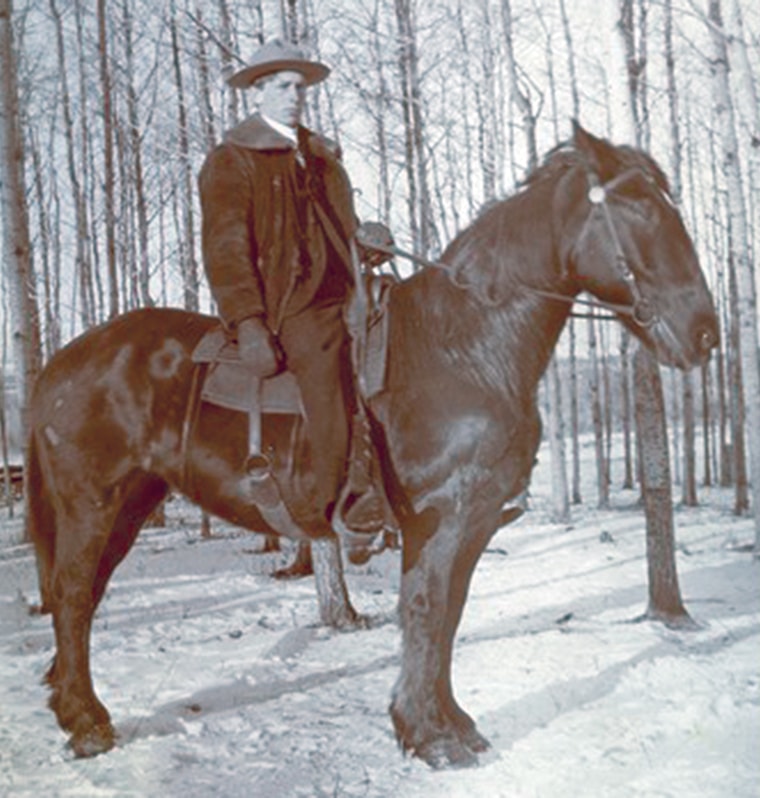A young ranch hand working in Pincher Creek, but raised in Red Deer, joined the Canadian war effort in the Boer War and was one of three men from Red Deer to die while fighting in South Africa.
Now, more than 100 years later, military history researchers in South Africa believe the body of Angus Jenkins is still buried near where the battle that killed him took place, as opposed to the British military cemetery where his headstone stands.
Jenkins joined the Lord Strathcona’s Horse regiment to fight in South Africa in February 1900.
His parents, William and Sarah Jenkins, farmed in the Balmoral district. They moved to the Red Deer area from New Brunswick.
Jenkins and the regiment sailed for South Africa on March 16, 1900.
They arrived in Cape Town on April 10 and eventually took a train to the town of Standerton. It was there that the regiment first encountered the Boer forces.
In battle on July 1, 1900, Jenkins was killed near Paardefontein, on the southeast coast of South Africa.
According to the regimental diary, Jenkins was their first battle casualty. He was buried in the garden of a nearby farmhouse.
Family from the farm moved the grave into their family plot shortly after.
But it has long been believed that, near the end of the war, Jenkins’ body was re-interred, along with other casualties from the regiment, at a British military cemetery in Standerton.
Tony Maxwell, a Red Deer-based non-fiction author, and his son visited the grave a few years ago while working on a book and documentary for the regiment, chronicling their role in South Africa.
He met with a number of history buffs who helped him find soldiers’ graves and battlefields from the war.
“They claim to have uncovered evidence indicating Jenkins still lies in an unmarked grave in the family plot on the farm where he was originally buried,” said Maxwell.
The grave on the farm was rediscovered and South African researchers determined that the grave at Standerton did not actually contain Jenkins’ body.
“The assumption was made then that it was the original grave of Angus Jenkins,” said Maxwell.
“I spent a lot of time at his grave in Standerton photographing it and then to discover he probably isn’t actually buried there. ...”
A ceremony has been scheduled for May 24 at the farm, where a new granite headstone will be unveiled to mark Jenkins’ grave.
Maxwell said he is trying to locate descendants of the Jenkins family.
mcrawford@www.reddeeradvocate.com
